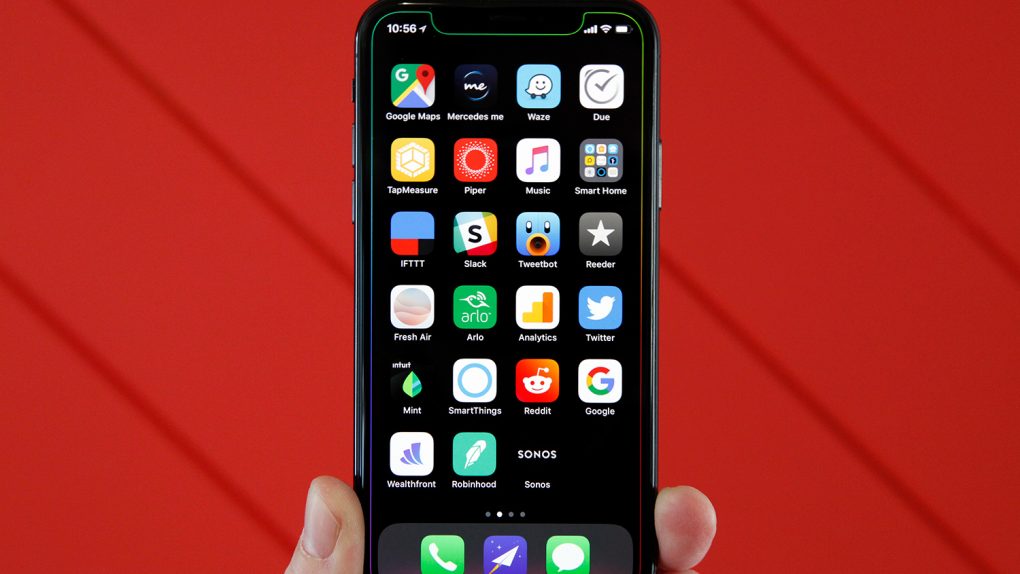Google Fi wireless service first launched back in 2015, offering people in certain regions of the United States a new and unconventional alternative to traditional cellular service. Google Fi has since expanded to work across the country and with a number of different smartphone models. Unlike wireless plans from companies like Verizon and AT&T, Google Fi uses home Wi-Fi and Wi-Fi hotspots across the country as one of its primary means of communication for both data and voice. When Wi-Fi is unavailable does it fall back to cellular connectivity for voice and data, utilizing multiple networks from different cellular carriers.
It’s a nifty approach that helps Google keep costs down, and Google Fi plans are much more affordable than typical wireless plans as a result. You pay just $20 per line for access, and then each gigabyte of cellular data you use costs $10. After 6GB of data, Google stops charging you so gigabytes 7 through 15 are free and unthrottled. In the rare instance that someone uses more than 15GB in a single billing period, remaining cellular data may be throttled but is still free.
It’s a very smart concept, and the biggest roadblock has traditionally been smartphone selection. Since Google Fi needs unique software in order to work, it has only been available on a handful of Android phones. On Tuesday, however, Google announced a number of new phones that are compatible with Google Fi. And for the first time ever, that list includes iPhones.
While Google Fi has in the past only been available on phones purchased from Google that come preloaded with special software, Google on Tuesday announced that people can now sign up for the service with an Android phone they already have. What’s more, iPhone users will now be able to sign up for service with Google Fi thanks to a new iOS app currently in beta.
From Google’s blog post:
Now, you can sign up for Fi with popular Android phones (including many Samsung, LG, Moto and OnePlus devices) and with iPhones (in beta). Since this is the first time Google Fi is available for iPhones, there are a few extra steps to get set up, which we’ll walk you through in the Google Fi iOS app. No matter what phone you use with Fi, you’ll get great Fi features—like reliable coverage, easy group plans, and high speed international data coverage for the same rates you pay at home. Plus, as always with Fi, there are no contracts and zero hidden fees.
Some plan features will depend on the Android or iOS device you use. So if you’re looking for the full Google Fi experience, including Fi’s unique technology to seamlessly switch between multiple cellular networks, you can use a phone designed for Fi—like the Pixel 3, Moto G6, and any other phone available on the Google Fi website. These phones include special hardware and software to move effortlessly between Google Fi’s networks and provide you with even more security and reliability through Fi’s new enhanced network feature.
Long story short, the only way to use Google Fi to its fullest across multiple partner networks is to buy a phone from Google. But now, users are finally able to bring their own phones to Google Fi, where the most you’ll ever pay for a single line in one month is $80 regardless of how much data you use.
More info can be found in Google’s new post on the Google Fi blog, and on the Google Fi website.
Updated to correct updated service name.








